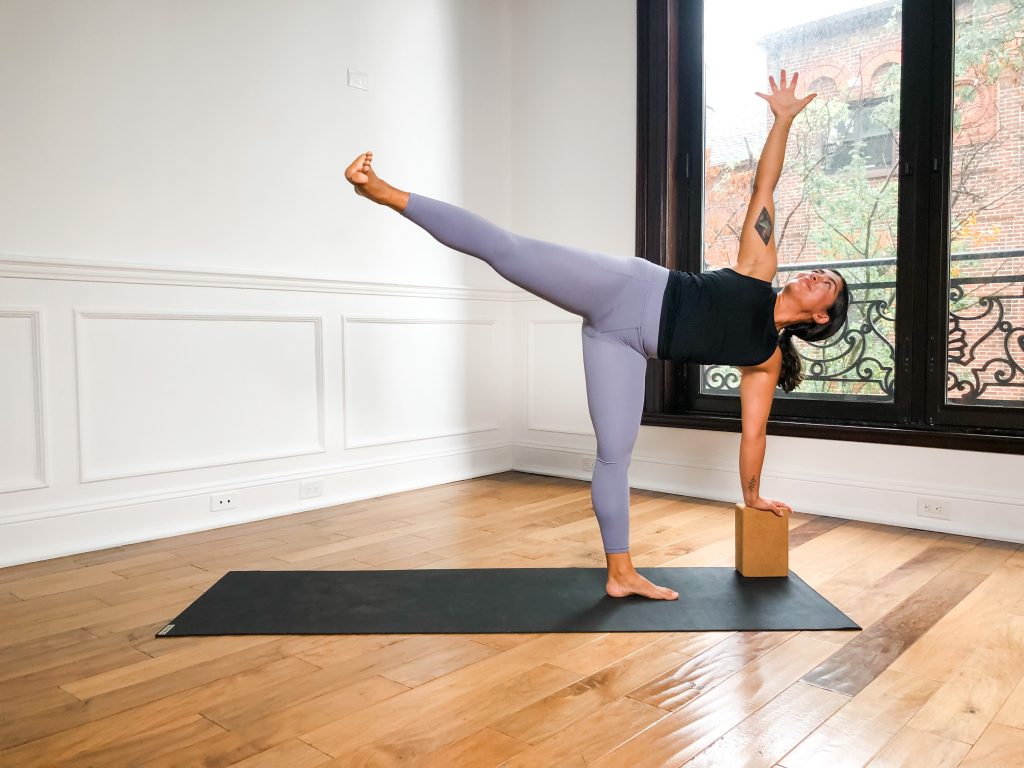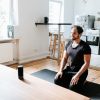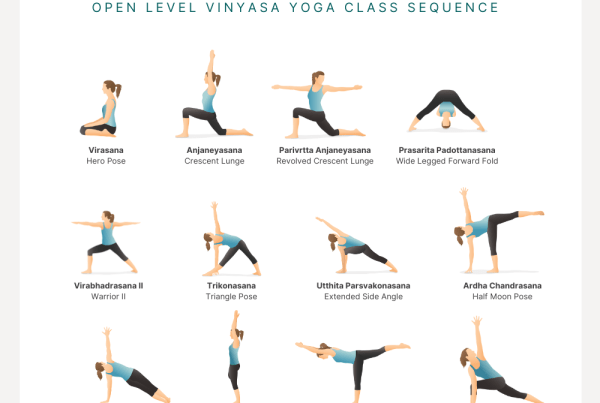
In a world of greed, selfish desire, and pain how do we open our hearts to love, compassion, abundance and connection? How do we contribute our highest form of self to the world when it is so easy to be entangled within our attachments, such as money, promotions, and material things which seemingly bring promise of better life?
The answer is Seva. Seva means “selfless service,” which is pretty self-explanatory but is best interpreted as doing work not for the fruits of your own actions, but for the betterment of the world at large. Within the Bhakti Yoga system, Seva specifically means doing one’s duty in life with the only intention of serving divinity and the highest good of humanity directly or indirectly.
As a Yoga practitioner, it is likely that your perspective of life has widened. You might very well believe and truly see that this hamster wheel of wake, work, sleep, repeat is not the way to experience life and experience true inner peace. You might also be in the throes of such a cycle. Your job might provide stability and security which is necessary to navigate life. The obligations that you tend to on a daily basis might provide sustenance towards yours and your loved ones’ preferred lifestyle. In essence, what I’m saying is that you might not want to make vast changes right now. It very well may feel in alignment for you to stay put even if you don’t feel complete and total satisfaction.
So what might be the remedy? How can we take our actions, current and future, and fill it with love? The answer is Seva. By participating in Seva we instantly open our hearts to the present moment. Whatever it is that we are doing is for another and in that way we have the ability to heal our hearts, expand our love, compassion, and abundance, and ensure that our intentions are pure and honest. When we shift our focus of what we’re doing and why we’re doing it from our own thoughts of greed and desire towards thoughts of contribution, love and divinity, we give ourselves the space to step into each moment as our highest and best selves regardless of the task at hand.
For anything that you do in life, if you firmly believe that you are contributing to a greater good, the way you show up will be different. And even if you’re not directly doing service such as feeding the homeless, participating in a trash clean-up, or volunteering for an organization you are indirectly contributing to the goodness which is ever-present and transcendent.
Disclaimer: By following the path of consciousness, there is a high chance that you will realize the hamster wheel you’re on is not the only path towards stability, security, and sustenance. There may very well be another path which provides those things in addition to total fulfillment and true inner peace.
Supporting Pose 1: Open Wing

Open wing gets right into opening the inner arm, which again is connected to the entangled organs of the heart and lungs. This pose is helpful to organize the tissues of the arm and chest to go in the direction of side plank.
How to get into open/broken wing:
- Lie on your belly with the right arm extended out to the right at about shoulder level.
- Spread your fingers and slowly roll onto your right so that you are lying on your right leg, hip, side body, chest, and head.
- Crawl your right fingertips out as you do so.
- You can organize your legs in a variety of ways. Stacking the legs with straight or bent legs might feel good. Bending the top leg and placing the foot ahead or behind the bottom leg might feel good also. Note: stacking the legs in some way will closely resemble the legs in side plank.
- You can take the top arm in a variety of variations as well, including a half bind, you can keep the hand on the floor in front of you, or resting on your torso.
- Try to let your head rest either on the floor, a block, or a blanket.
Supporting Pose 2: Downward Facing Dog (Adho Mukha Svanasana)

Downward Facing Dog stretches the arms and chest while also teaching good foundation in the hands.
How to get into downward facing dog:
- From a tabletop position, spread the fingers and press through the fingertips, the pointer finger and thumb, and the four corners of the palm. The four corners of the palm are: base of pointer finger, base of little finger, inner heel and outer heel of the hand.
- Lift the center of the palm up for Hasta Bandha, which is similar to lifting the inner arch of the foot.
- Walk the knees back a touch, then lift the knees off the floor, straighten the legs, and straighten the arms to reach the hips up and back.
- Keep the foundation of the hands and turn the creases of the elbows forward to lengthen the arms.
- Relax the head between the arms.
Supporting Pose 3: Half Moon (Ardha Chadrasana)

Half Moon has many similarities to side plank including the spreading of the hands, arms, and chest. The top leg is also in similar form relative to side plank.
How to get into half moon pose:
- From triangle pose, bend your front (right) knee to shift the weight forward.
- Take your right hand to the floor or block and lift your back leg.
- Press the right hand down to stretch the right arm and reach your left arm and hand straight up to the ceiling. Spread your fingers.
- Reach the ball of the left foot back and spread your toes.
- Your gaze can either face the side wall or follow the left hand to the ceiling.
Peak Pose: Side Plank (Vasisthasana)

Side plank is a very appropriate pose for our topic of seva! Seva requires us to offer our heart through all that we do. This pose requires good organization of the arms and hands. The arms and hands are connected to the heart and lungs via meridians, blood vessels, and soft tissues. So the way we place, stretch, and coordinate our arms and hands affects the stimulation of the heart and lungs. Furthermore, this pose stretches the tissues across the chest and upper back making way for the heart to expand.
How to get into side plank:
- Start in downward facing dog.
- Maintain the foundation in the arms and hands from DFD (press the four corners of the palm down, lift the center of the palm, spread the fingers away from one another, and stretch the arms).
- Keep the right hand on the floor.
- Bring the legs together and swivel the heels (with control) to the right so that your left foot stacks directly on top of the right foot and the toes face the side wall. Spread your toes.
- Take the inner right elbow towards the front of the room and continue to stretch the arm (without hyperextending) while the left arm reaches straight to the ceiling. Spread the fingers. To avoid hyperextending, try engaging the bicep and tricep to support the straightening of the arm.










